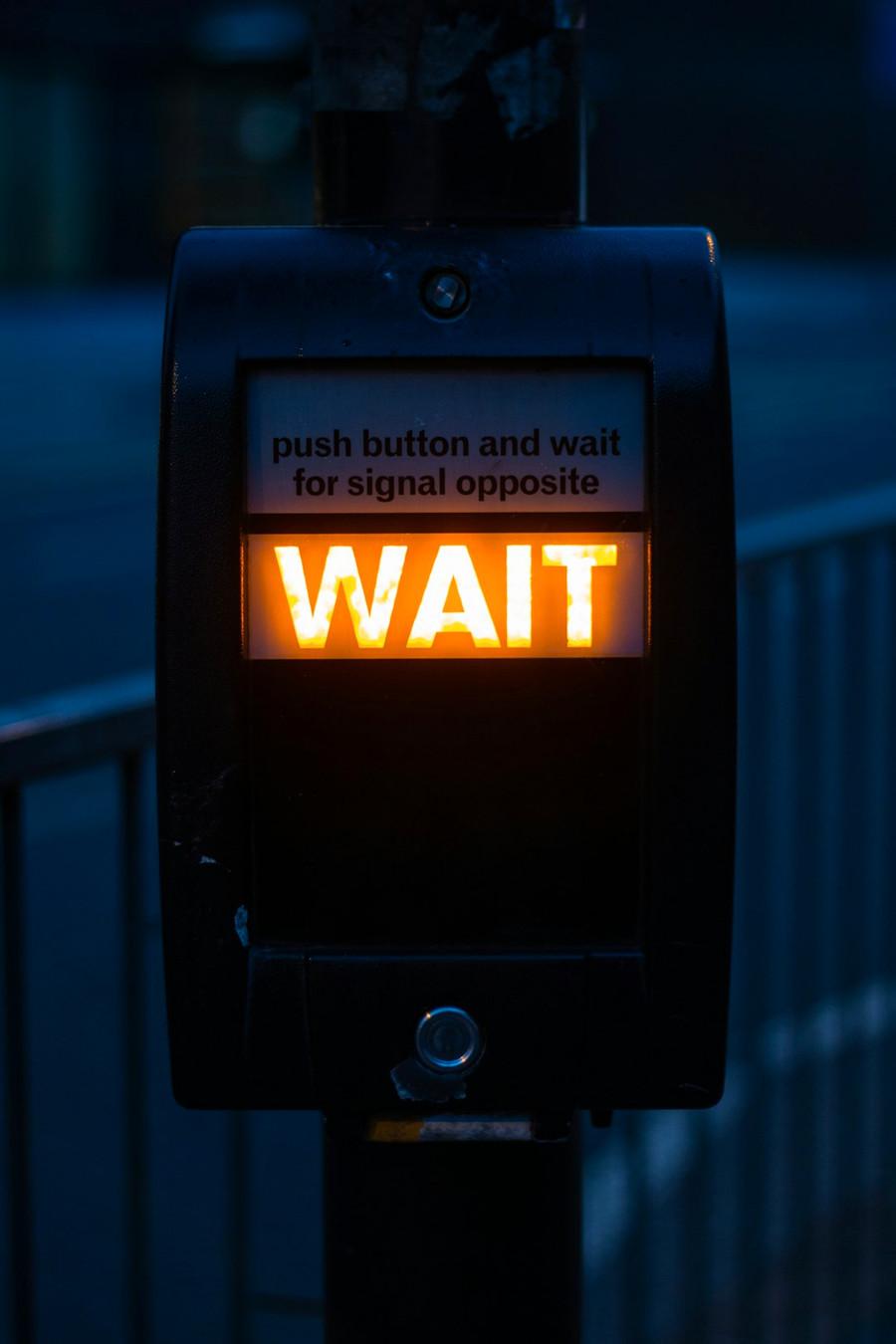Creative Problem Solving: from complex challenge to innovative solution
Curated from: nesslabs.com
84
3
Explore the World's Best Ideas
Join today and uncover 100+ curated journeys from 50+ topics. Unlock access to our mobile app with extensive features.
Solving Problems
Even if you usually excel at finding solutions, there will be times when it seems that there’s no obvious answer to a problem. It could be that you’re facing a unique challenge that you’ve never needed to overcome before. You could feel overwhelmed because of a new context in which everything seems to be foreign, or you may feel like you’re lacking the skills or tools to navigate the situation.
When facing a difficult dilemma, Creative Problem Solving offers a structured method to help you find an innovative and effective solution.
141
2.15K reads
Creative Problem Solving(CPS)
The Creative Problem Solving process, sometimes referred to as CPS, is a proven way to approach a challenge more imaginatively. By redefining problems or opportunities, it becomes possible to move in a completely new and more innovative direction.
From its invention by two creative theorists to its application at all levels of creative thinking — from personal to organisation creativity — Creative Problem Solving is an enduring method to generate innovative solutions to complex challenges.
144
1.67K reads
The Four Principles: Reframing The Problem Into Questions
The first principle is to look at problems and reframe them into questions. While problem statements tend to not generate many responses, open questions can lead to a wealth of insights, perspectives, and helpful information — which in turn make it easier to feel inspired and to come up with potential solutions.
Instead of saying “this is the problem”, ask yourself: “Why are we facing this problem? What’s currently preventing us from solving this problem? What could be some potential solutions?”
163
1.48K reads
The Four Principles: Divergent And Convergent Thinking
The second principle is to balance divergent and convergent thinking. During divergent thinking, all options are entertained. Throw all ideas into the ring, regardless of how far-fetched they might be. This is sometimes referred to as non-judgmental, non-rational divergent thinking. It’s based on the willingness to consider all new ideas.
Convergent thinking, in contrast, is the thinking mode used to narrow down all of the possible ideas into a sensible shortlist.
Finding a midpoint creates a steady state of creativity in which new ideas can be assessed and appraised.
154
1.25K reads
The Four Principles: Defer Judgement
Tangential to the second principle, the third principle for creative problem solving is to defer judgement. By judging solutions too early, you will risk shutting down idea generation. Take your time during the divergent thinking phase to give your mind the freedom to dream ambitious ideas. Only when engaged in convergent thinking should you start judging the ideas you generated in terms of potential, appropriateness, and feasibility.
149
1.05K reads
The Four Principles: Say Yes
Creative Problem Solving requires you to say “yes, and” rather than “no, but” in order to encourage generative discussions. You will only stifle your creativity by automatically saying no to ideas that seem illogical or unfeasible. Using positive language allows you to explore possibilities, leaving space for the seeds of ideas to grow into applicable solutions.
149
997 reads
Four Steps To Practise CPS: 1. Formulate Questions
The first step is to understand what the problem is. By turning the problem into a set of questions, you can explore the issue properly and fully grasp the situation, obstacles, and opportunities. This is also the time to gather facts and the opinions of others, if relevant to the problem at hand.
142
949 reads
2. Conceptualizing And Exploring Ideas
The second step is when you can express your creativity through divergent thinking. Brainstorm new, wild and off-the-wall ideas to generate new concepts that could be the key to solving your dilemma. This can be done on your own, or as part of a brainstorming session with your team.
142
861 reads
3. Optimize And Develop Solutions
Now is the time to switch to convergent thinking. Reflect on the ideas you came up with in step two to decide which ones could be successful. As part of optimising, you will need to decide which options might best fit your needs and logistical constraints, how you can make your concepts stronger, and finally decide which idea to move forwards with.
143
798 reads
4. Formulating A Plan And Implementation
Figuring out how you’ll turn the selected idea into reality is the final step after deciding which of your ideas offers the best solution. Identify what you’ll need to get started, and, if appropriate, let others know of your plans. Communication is particularly important for innovative ideas that require buy-in from others, especially if you think you might initially be met with resistance.
You may also need to consider whether you’ll need additional resources to ensure the success of complex solutions, and request the required support in good time.
142
738 reads
The Bottom Line
Creative Problem Solving is a great way to generate unique ideas when there appears to be no obvious solution to a problem. If you’re feeling overwhelmed by a seemingly impossible challenge, this structured approach will help you generate solutions that you might otherwise not have considered.
By practising Creative Problem Solving, some of the most improbable ideas could lead to the discovery of the perfect solution.
140
882 reads
IDEAS CURATED BY
CURATOR'S NOTE
Learn Creative Problem Solving in 5 minutes.
“
Dominic Healy's ideas are part of this journey:
Learn more about problemsolving with this collection
How to beat procrastination
How to enhance your creative thinking
How to create a smooth transition in a new endeavor
Related collections
Similar ideas
6 ideas
3 ideas
10 ideas
Read & Learn
20x Faster
without
deepstash
with
deepstash
with
deepstash
Personalized microlearning
—
100+ Learning Journeys
—
Access to 200,000+ ideas
—
Access to the mobile app
—
Unlimited idea saving
—
—
Unlimited history
—
—
Unlimited listening to ideas
—
—
Downloading & offline access
—
—
Supercharge your mind with one idea per day
Enter your email and spend 1 minute every day to learn something new.
I agree to receive email updates










